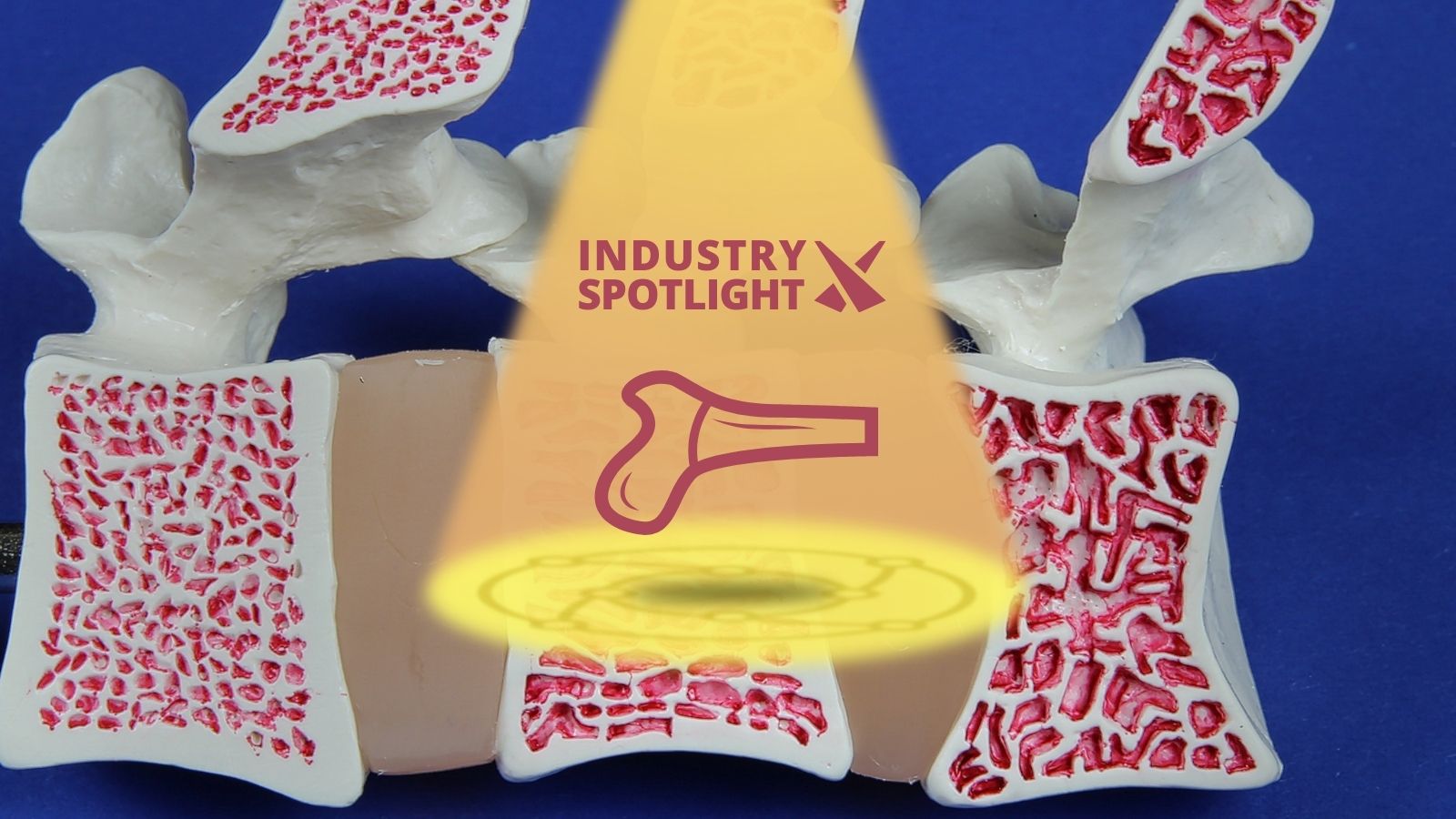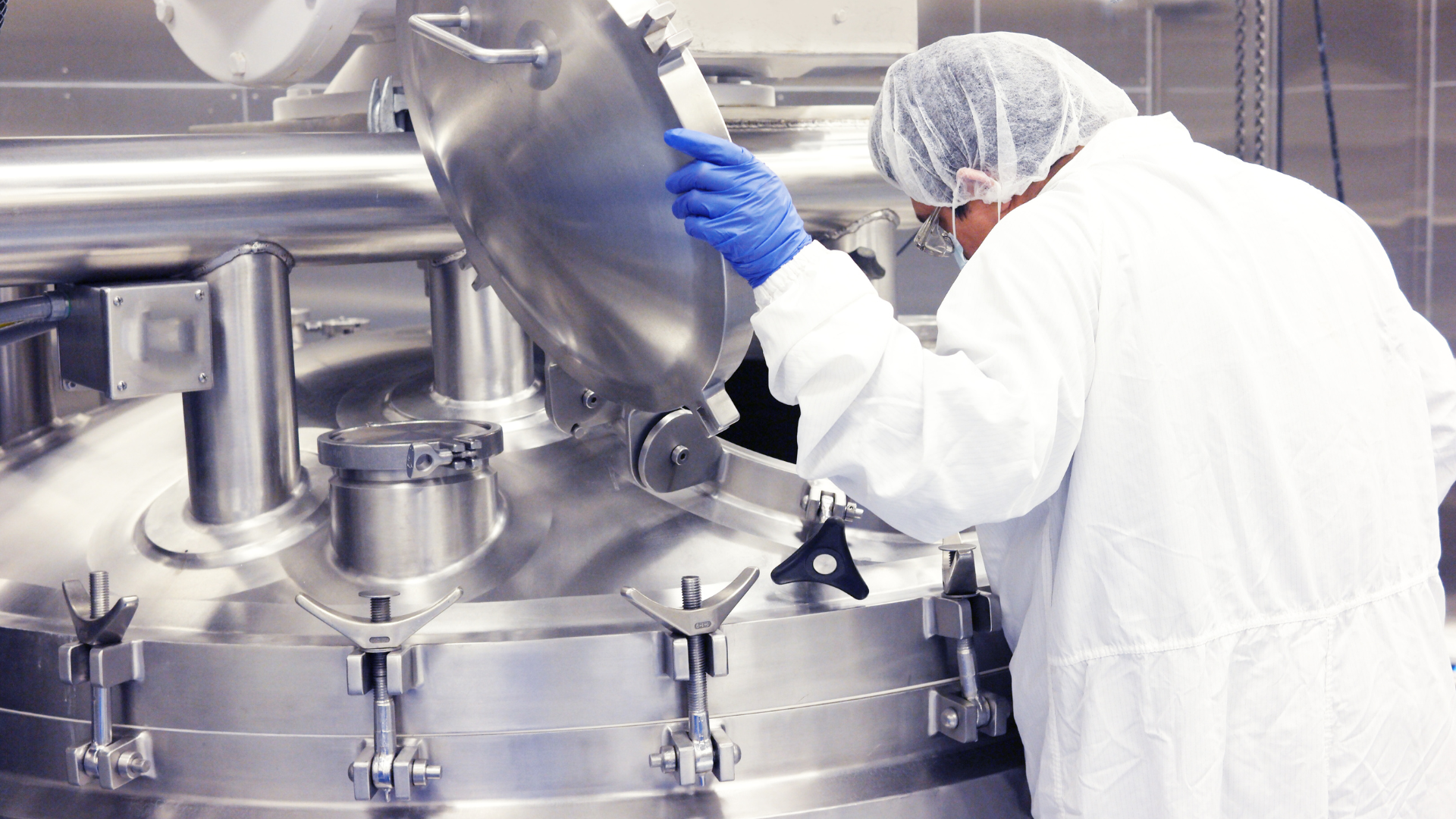Spinal Stem Cells 'Lure' Tumours to the Spine, Study Shows

Why do breast tumours show a preference for metastasising to the backbones and spinal stem cells of cancer patients?
The answer seems to be contained within the vertebra, which cancerous cells preferentially ‘seek out’ on metastasising through the body.
Approximately two thirds of patients with metastatic breast cancer subsequently experience bone cancer.
Of the different varieties of bone cancer, spine metastases are both one of the most common complications and one of the most unpleasant.
- Talking to the UCL's Marta Barisa about therapies for solid tumours
- The seed and soil hypothesis for the pathogenesis of cancer metastases
- Pluripotent stem cells manufactured aboard the ISS
Tumours which take root in the spine can crush the spinal cord, hampering a patient’s ability to both walk and control their bladder and bowels.
While doctors have known since the 1940s that some cancers preferentially seek out the spine of patients, no plausible explanations had been presented.
The traditional theory was that ‘spinal tropism’ related to patterns of blood flow that preferentially convey metastasis to the spine, versus long bones such as the femur.
Researchers at Weill Cornell Medicine suspected that stem cells inside vertebral bones differed from those located in other sites in the skeleton such as ‘long bones’.
Preliminary work on stem cells activated a different set of genes and behaved differently in experiments, suggesting that different types of bones hold distinct populations of stem cells.
Examining Spinal Stem Cells in Animal Models
To test the hypothesis, the Cornell research team transplanted spinal stem cells into the hind legs of mice, then transplanted long bone stem cells.
The transplants formed organoids in the animals’ bodies, becoming miniature bones with the characteristics of their respective stem cells.
Researchers then injected breast cancer cells into the mice and watched where they travelled: the cells reached the miniature vertebra with almost double the frequency in which they visited the miniature long bone.
This observation demonstrated that tumour cells preferentially metastasise to the vertebrae organoid rather than the organoid of the long bone.
Subsequently, the team found that removing vertebral cells eliminated the difference in metastasis rates between spine bones and long bones.
A protein secreted in higher amounts by vertebral cells compared to long bone stem cells – MFGE8 – was seen as a major contributor to spinal tropism.
The team collaborated with investigators at the Hospital for Special Surgery to identify the human counterparts of the mouse vertebral stem cells and characterise their properties.
Knowing that skeletal stem cells from different bones vary systematically on their gene activity could help to inform future ameliorative approaches for mitigating tumour metastasis in breast cancers.
Get your weekly dose of industry news and announcements here, or head over to our Cell portal to catch up with the latest advances in stem cell development and manufacturing. If you'd like to learn more about our upcoming Cell UK conference, visit our event website to download an agenda or register your interest.







